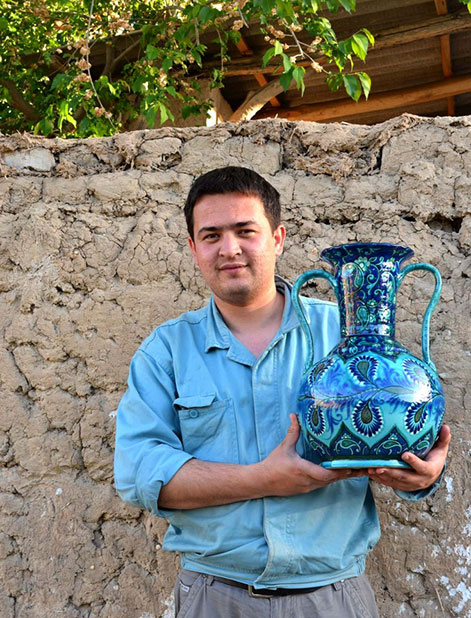
Rishtan ceramic vase with paisley decoration – Diyorjon Nazirov
Trading on the Silk Road played a significant role in the development of the civilizations of China, Korea, Japan, India, Iran, Afghanistan, Europe and Arabia. Many pottery centers flourished along its route including Jingdezhen in China, Iznik in Turkey, Kashan in Persia, Basra in Iraq, Tabriz in Iran (Azerbaijan), Rishtan in Uzbekistan and Arita in Japan.
They fostered multi-cultural interaction and in addition to economic trade, the Silk Road became a route for cultural trade among the civilizations along its network. Along with the goods traded, their philosophies, art techniques, sciences, religious concepts and technologies were shared. For instance, techniques, shapes, and decorative motifs of Chinese ceramics were admired and emulated by Islamic potters, especially after the Mongol and Timurid invasions. Likewise, Islamic pottery styles were absorbed and created by the Chinese for gaining penetration into the markets of Central Asia and the Middle East.
Numerous pieces are on display below of the ubiquitous, vibrant turquoise and azure wares that traversed the Silk Road from China to Europe and the artistic influences that spread from Central Asia and beyond.
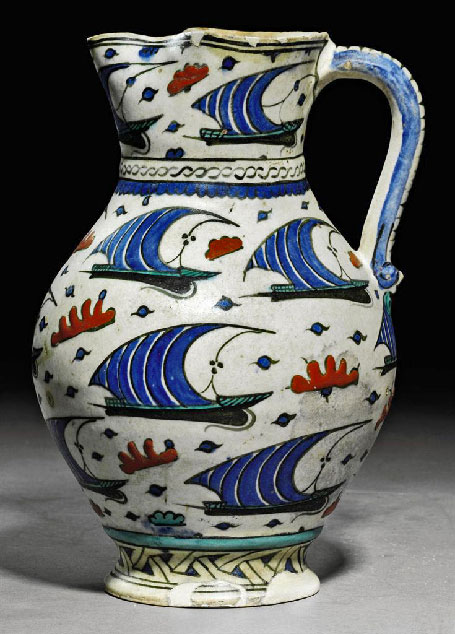
Iznik pottery jug, Turkey circa 1560
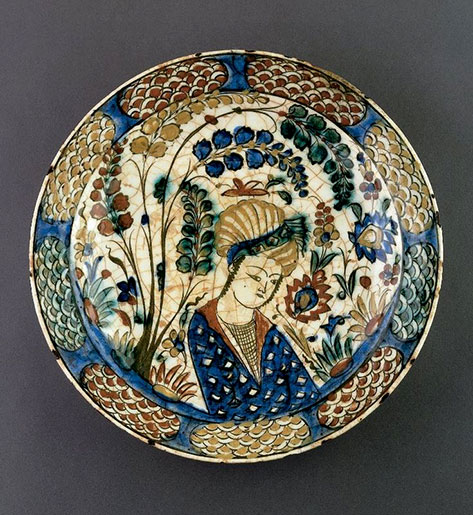
Plate with Youth in Landscape Setting. Safavid period, early 17th century, Iran
Cincinnati Art Museum
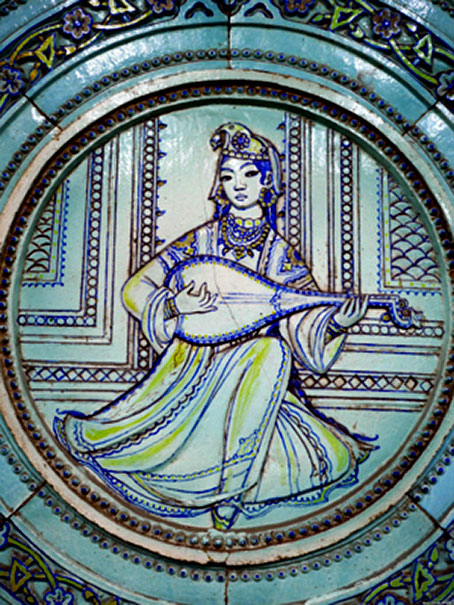
Uzbek ceramic panel depicting a woman playing lute
Alisher Navoi station, Tashkent
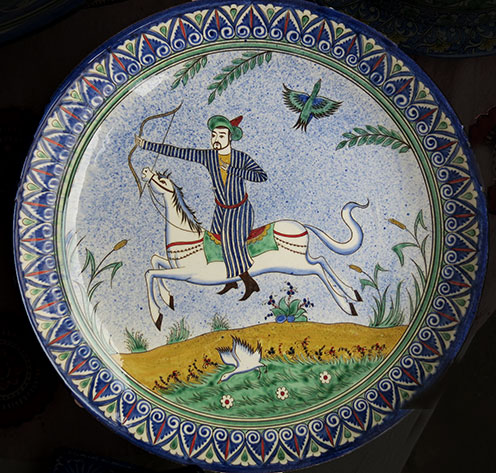
Rustam Usmanov horse riding hunter plate
Rishtan
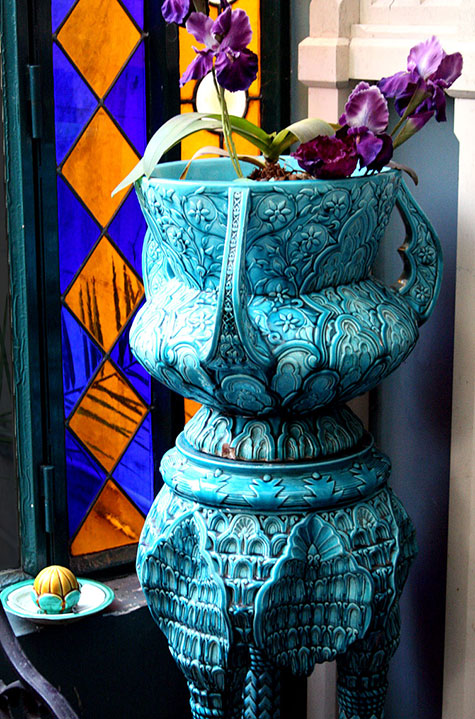
Azure vase with minaret inspired base
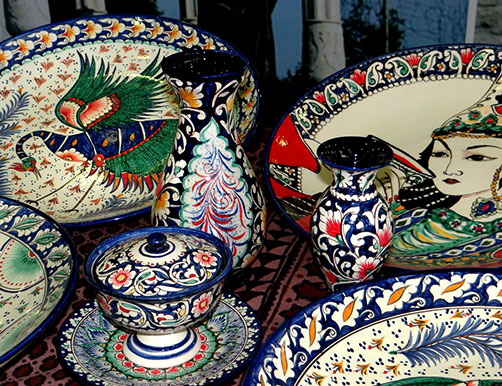
Uzbek Rishtan ceramics
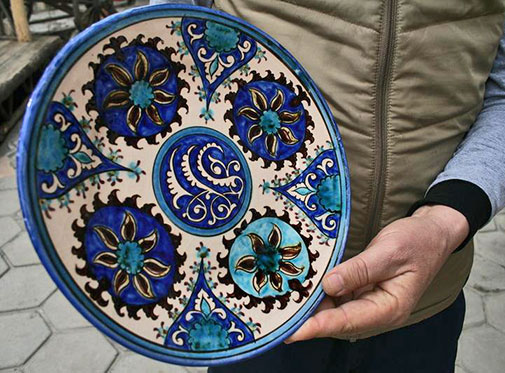
Alisher Nazirov ceramic plate in “Ishkor” blues
One of the oldest locations for the ceramic arts in Central Asia is situated in Rishtan, located in the Ferghana Valley, in Uzbekistan. Currently there are over 2000 active potters, accounting for about 1/10 of the population, honoring their ancient pottery tradition. This stretches back over 1000 years, when it was a thriving center during the days of the Silk Road. Celebrated for their diverse blue hues, their colour pallettes range from deep cobalt blues to azure and turquoise.
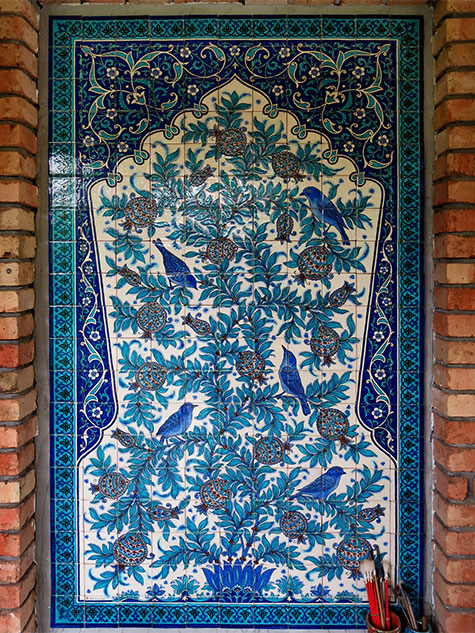
Ceramic tile panel – Rustam Usmanov, Rishtan
The renowned ‘Ishkor’ glaze is closely connected with the art of traditional Uzbek ceramics, and is a source of pride for the “Usto” (Uzbek pottery masters) This is influenced by a local herb called Kyrk-Bugin, which translates as “forty stems” and is only harvested in Autumn (September). After harvesting, the plant is then burnt in the field and converted into ashes, then roasted again in the studio in a “gundam” oven at a temperature of 1200-1300 °F , thereby bringing the ashes to a crystallized state.
This is then ground into a powder and mixed with crushed white river stones, quartz sand and even flour and painted as a glaze onto ceramic articles over pre applied colours that have already dried.
Cobalt can be added to the ishkor glaze to create turquoise, azure and blue colors while copper is added for green hues and manganese for browns. The presence of the Ishkor is attributed to creating the rich color depth and brilliance of the Rishtan ceramics.
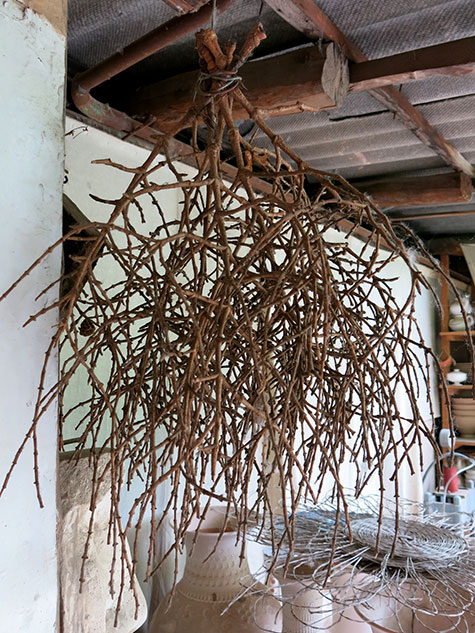
Kyrk-Bugin, a special herb and a critical component of the Rishtan ‘Ishkor’ glaze
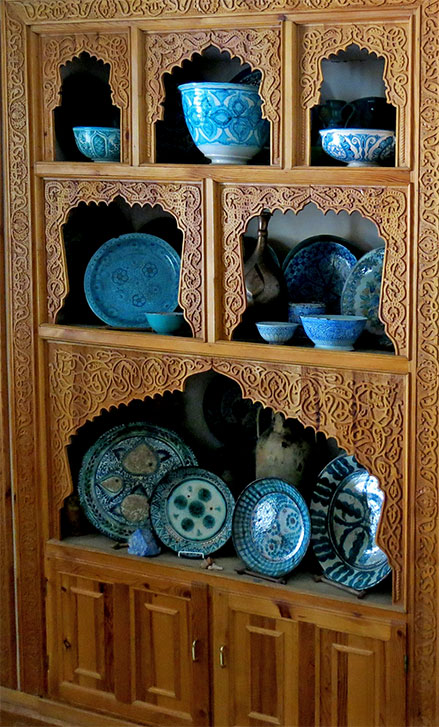
Rustam Usmanov ceramic ‘ishkor’ blue wares, Rishtan, Ferghana Valley
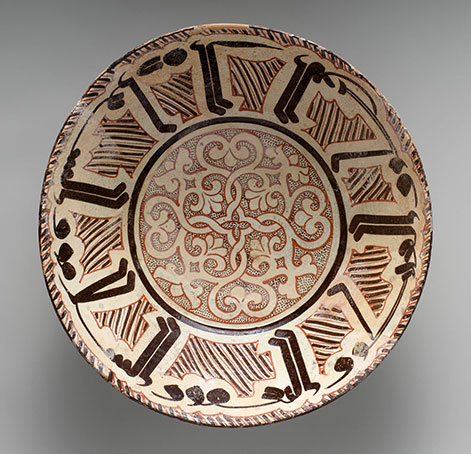
Bowl with the Arabic Inscription of ‘Blessing, Prosperity, Well-being, Happiness’
Late 10th to 11th century–Nishapur — The Met
The Samanids (819-999 CE) were probably one of the most important dynasties in the eastern part of the Islamic world during the early Islamic period. Their realm included large centres like Samarkand (Afrasiyab), Bukhara, Merv, Nishapur and Kerman. The most important contribution of Samanid artists to Islamic pottery-making was the invention and perfection of the slip-painted ware. There are several types of this ware known today, and in general can be divided into the following main groups black on white, polychrome on white, decoration on coloured ground slip imitation of monochrome lustre.
These slip-painted wares constitute a great advance in pottery decoration. Normally the pigment runs in the kiln under the lead glaze, as it was practiced in Mesopotamia in early Abbasid times on splashed wares. By the introduction of a ground slip and slip pigments, potters could control the designs while in the kiln, and thus were able to produce a great variety of surface decorations.
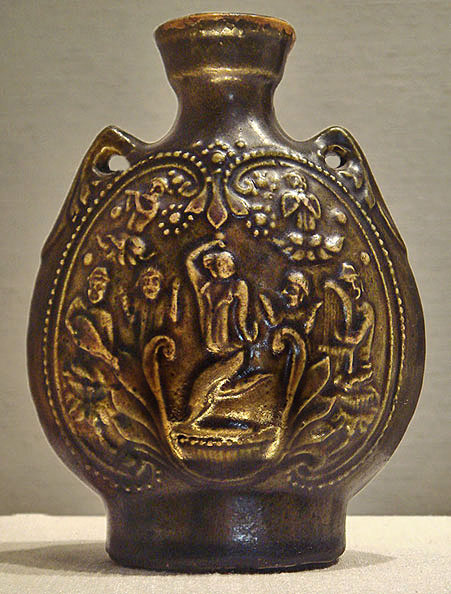
Northern Qi ceramic flask with Central Asian dancer and musicians
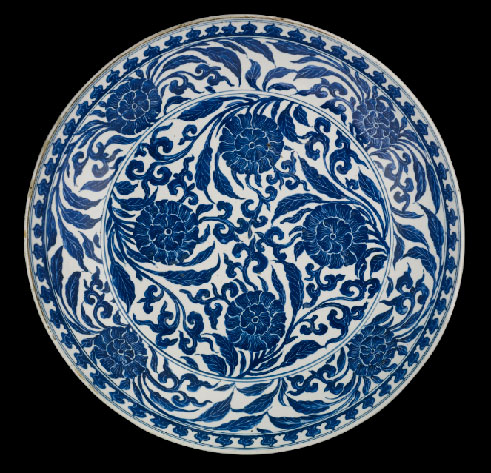
Large Jingdezhen blue and white charger made for the Islamic market
China, 17th century—Southebys
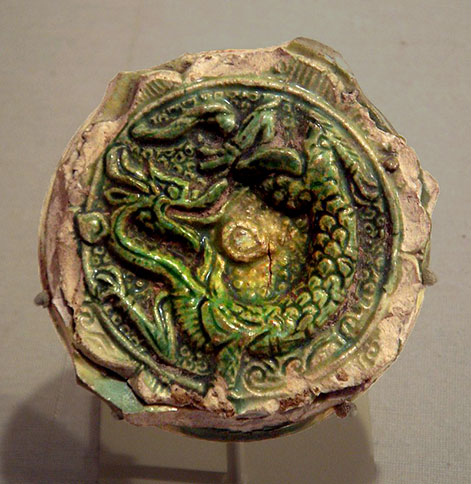
Tang earthenware fragment with sancai glaze excavated in Nishapur, Iran
End of 7th, early 8th century
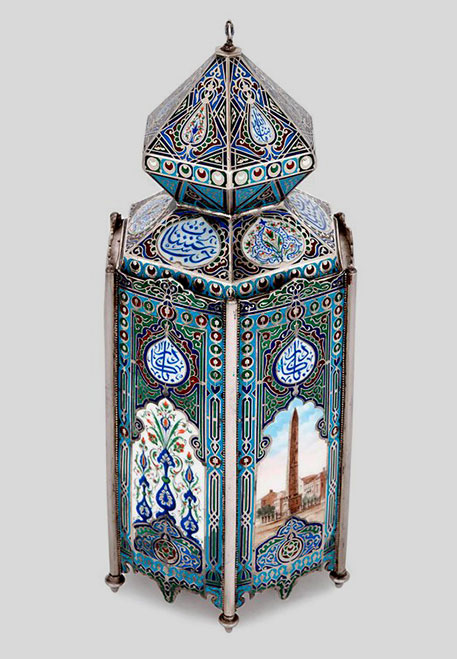
Antique Russian Islamic style silver and enamel lidded vessel
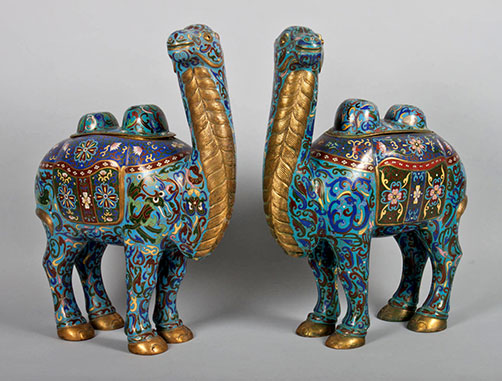
Pair of Chinese cloisonné enamel camel censers with gold highlights
20th century
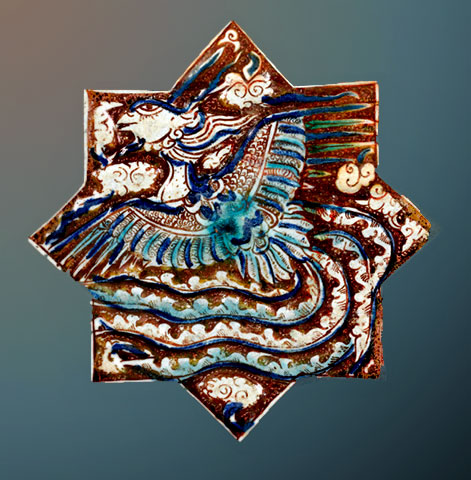
Kashan star shaped lustre pottery tile with phoenix,Persia, 13th century
Arts of the Islamic World Auction – Sotheby’s
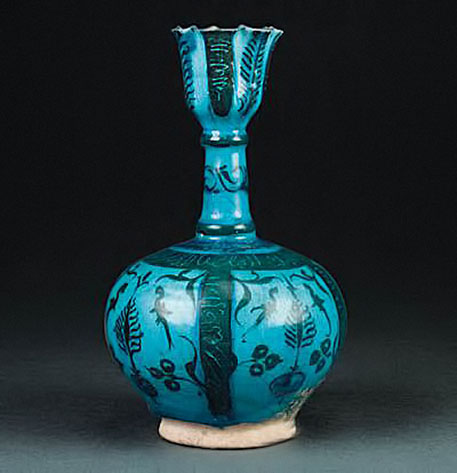
Persian Kashan turquoise glazed bottle, circa 1200
With spherical body on short foot rising to the tearing tubular neck & flaring deep cusped mouth with everted lip
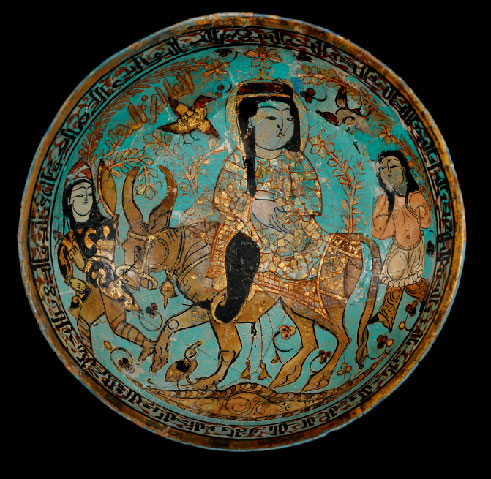
Rare Kashan Minai Bowl depicting Prince Faridun, Kava and Zahhak from Firdawsi’s Shahnameh
Persia, late 12th-early 13th century
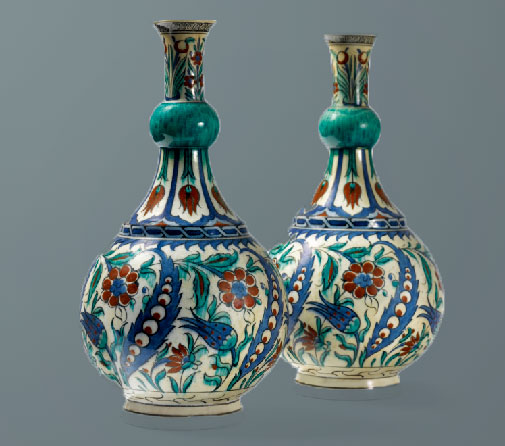
Pair of Iznik vases
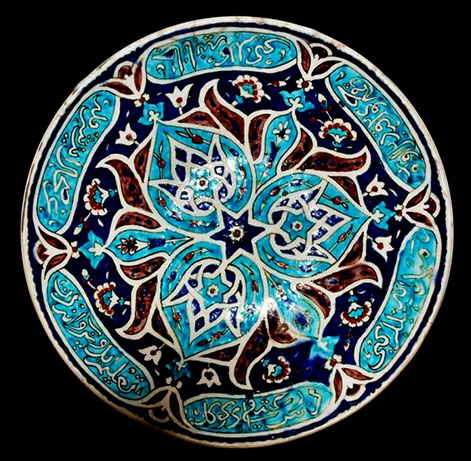
Ottoman Kütahya Plate
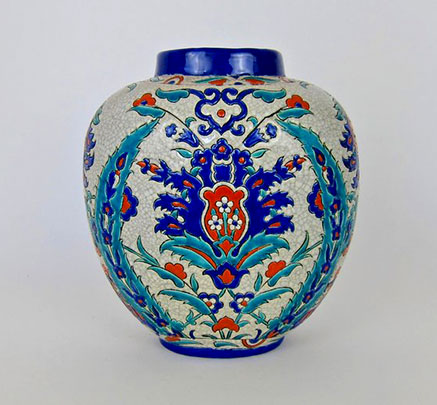
Boch Freres Keramic Art Deco Vase in the Iznik Style, Belgium
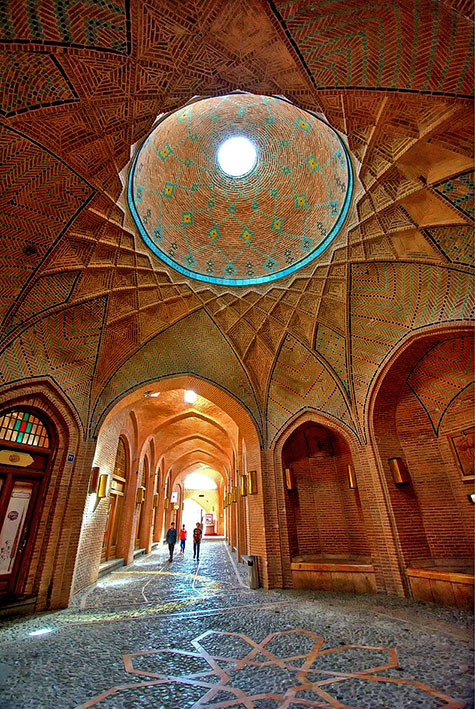
Caravanserai_of_Sa’d_al-Saltaneh
Qazvin
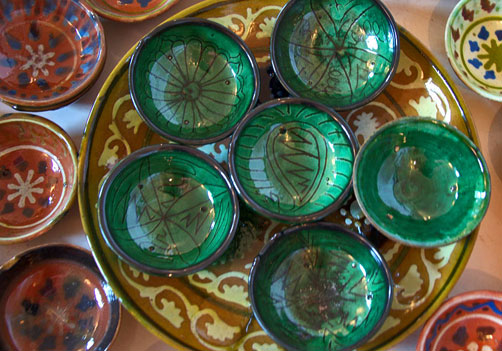
Green Uzbek porcelain bowls
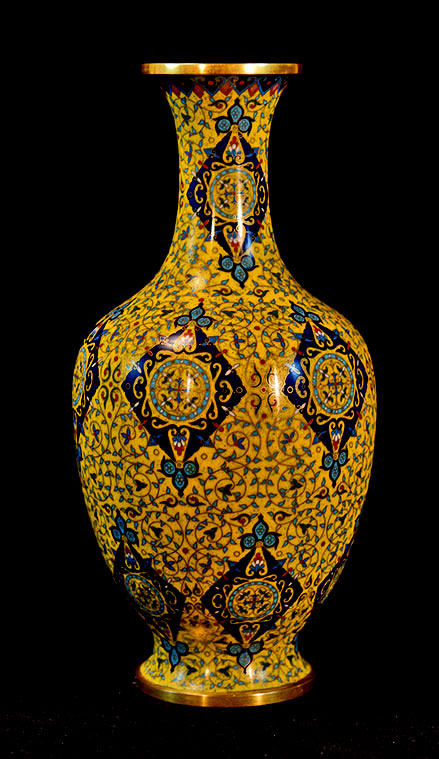
Chinese Cloisonne Vase-–-Islamic Motifs
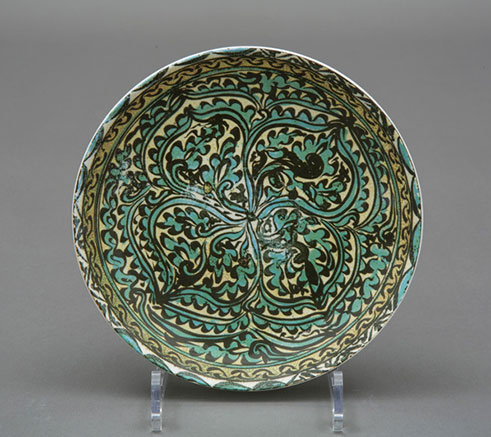
Coupe Porcelain turquoise Plate
Bukhara, Uzbekistan
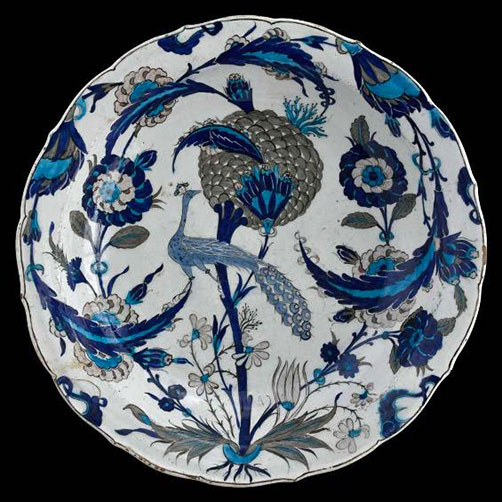
Peacock dish with artichoke and leaf decoration. Turkey, ‘Iznik’
c. 1550.
Islamic Arts
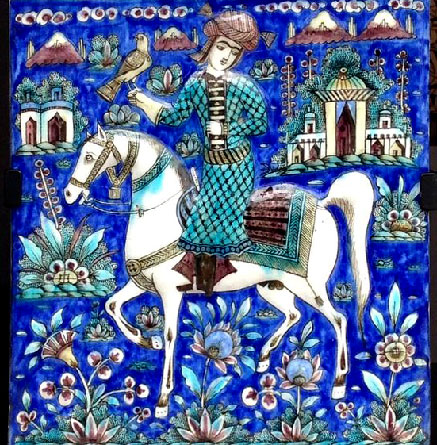
Persian tile, Falconer riding white horse
19th century–National-Museums-Scotland
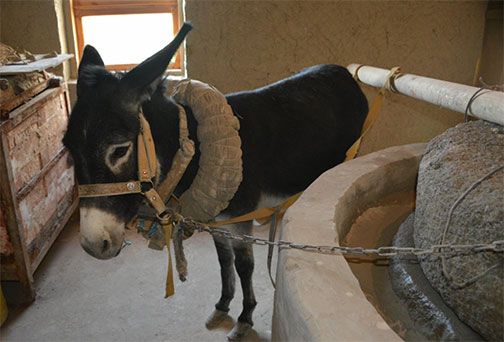
Donkey rotating grinding stone for clay

The Kalta Minar Minaret, Khiva, Uzbekistan
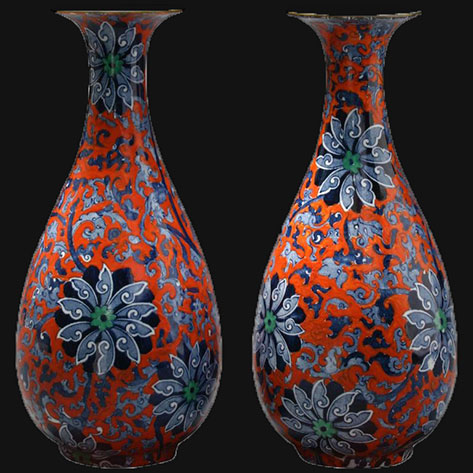
Two English Ironstone Vases in the Manner of Turkish Iznik Ware
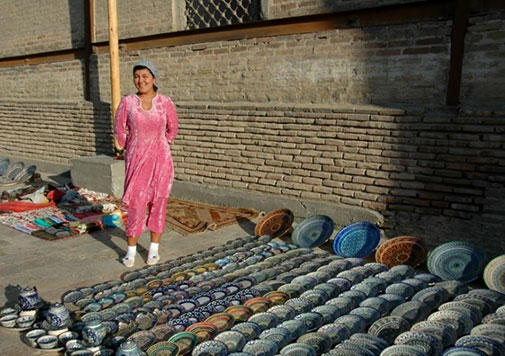
Female street vendor in Bukhara with ceramic wares
![]()
Hand made blue pottery of Jaipur, another iconic piece that originated in Persia and came to Rajasthan in the early 1800’s
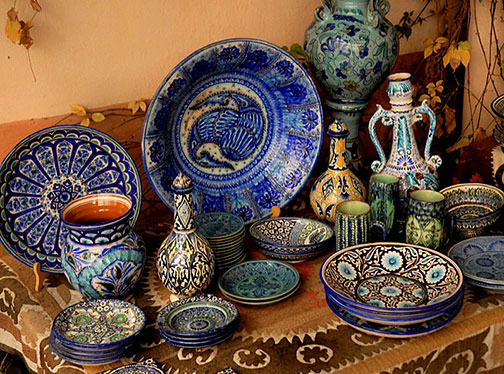
Hand painted ceramics, Rishtan, Uzbekistan
foto by Ana Filonov
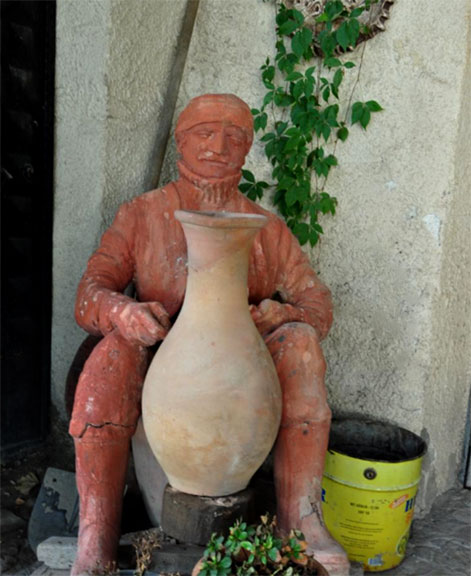
Ceramics figure of a potter – The Narzullaevs Gijduvan
Bukhara, Uzbekistan
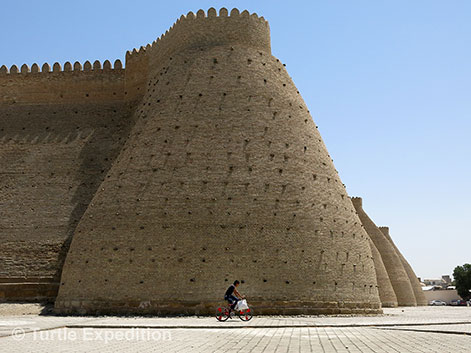
Massive fortress called the Ark — perhaps the oldest building in Bukhara
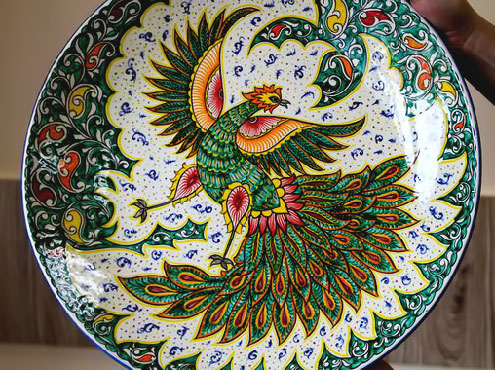
Colorful Bird of Happiness plate — Uzbekistan
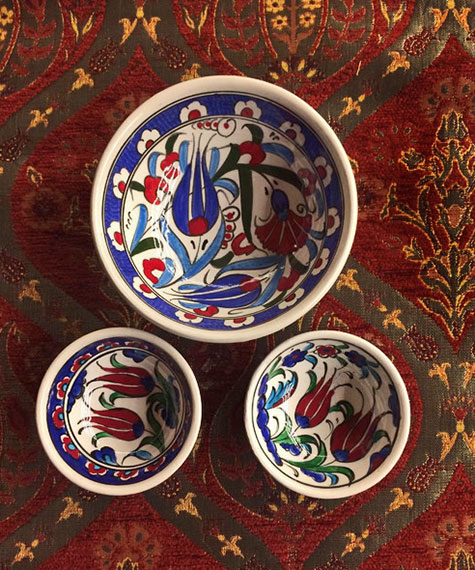
Turkish Iznik ceramic bowl set
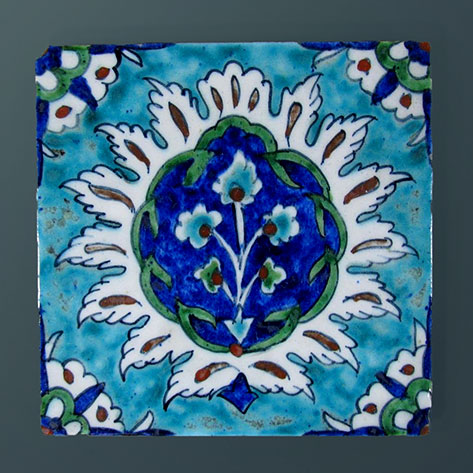
Iznik Ceramic Tile by Ohannessian, renowned Armenian Potter
Jerusalem
c 1930’s
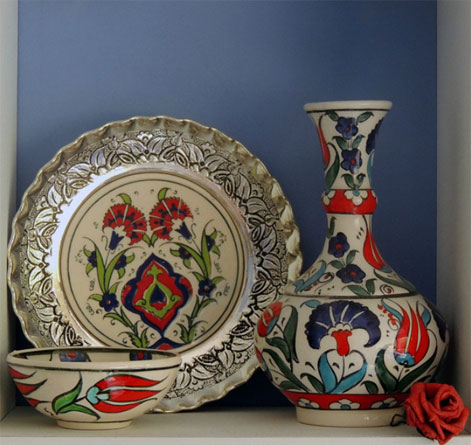
Iznik ceramic wares—Flickr Shahrazad
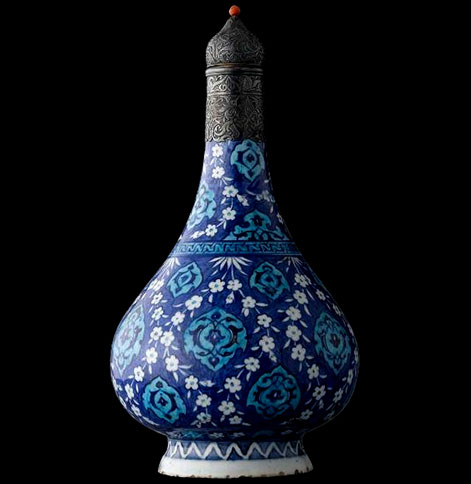
Turkish ceramic Bottle with medallions and flowering branches.
Turkey, ‘Iznik’, c.1535-45
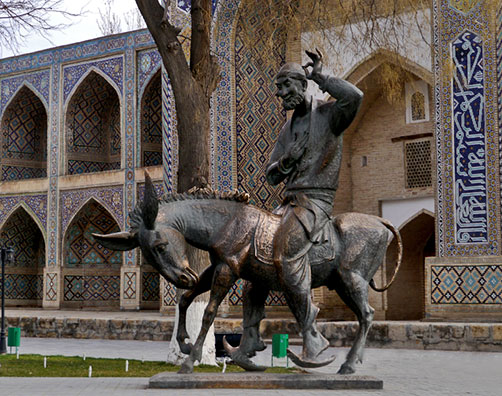
Nasrudin Khodja riding his donkey, Bukhara
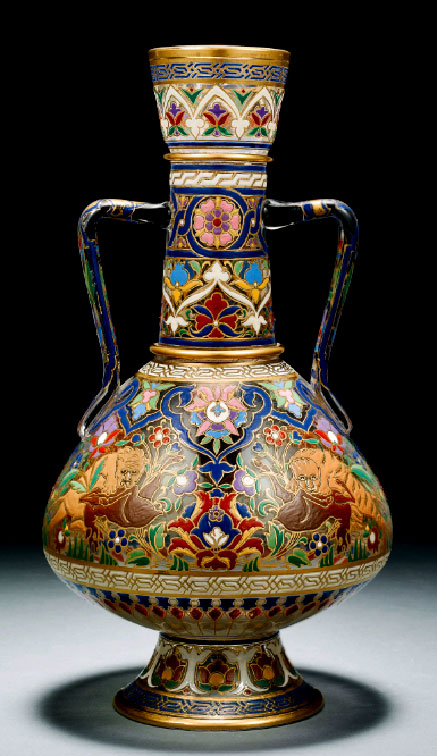
Lobmeyr Persian-style gilded and enamelled two-handled clear glass bottle vase
Vienna, 19th-20th century
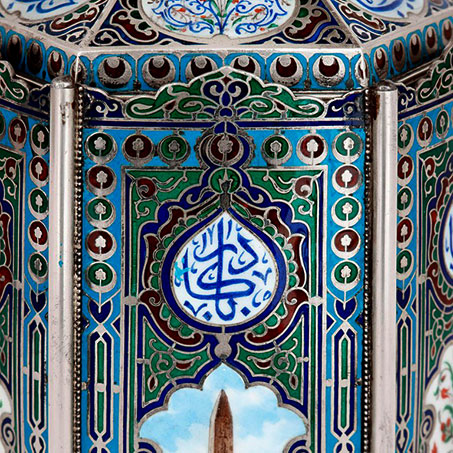
Silver and Enamel Islamic lidded box
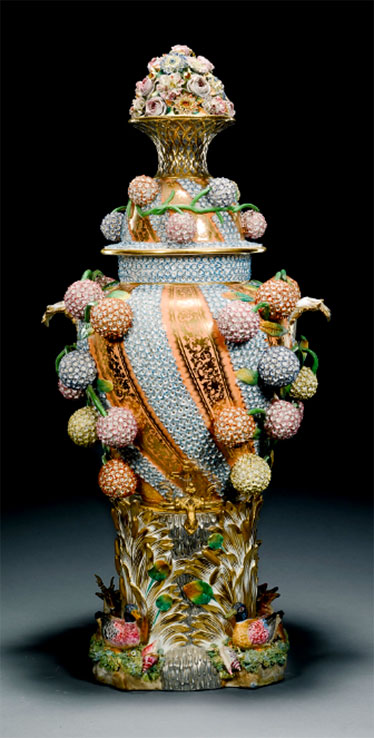
Monumental French Jacob Petit porcelain sherbetlik made for the Ottoman market
19th century
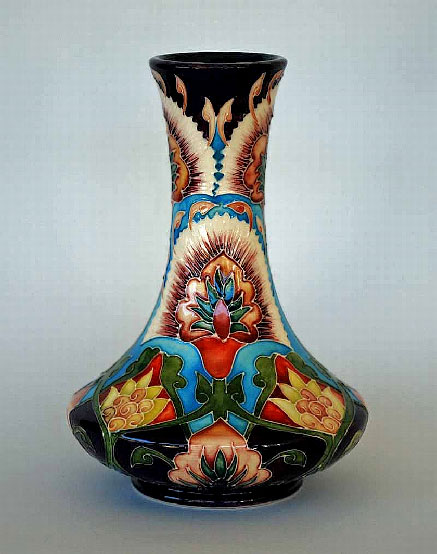
Moorcroft ‘Bukhara’ vase by Shirley Hayes
2001
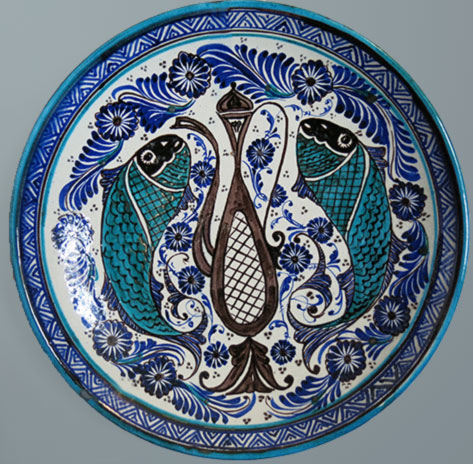
Pisces plate
Rustam Usmanov, Rishtan, Uzbekistan
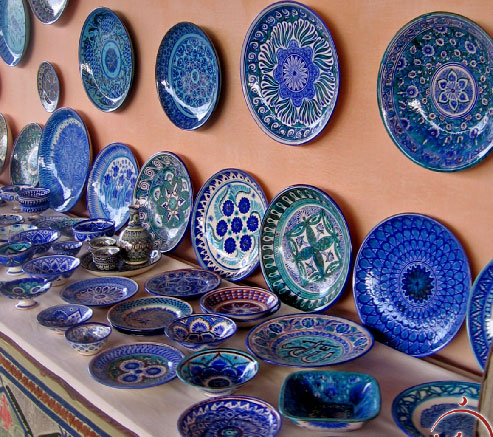
Rustam Usmanov Studio plates
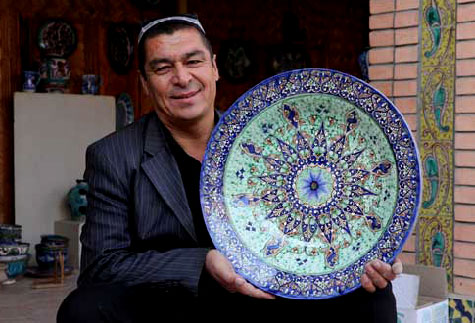
Large ceramic charger — Rishtan
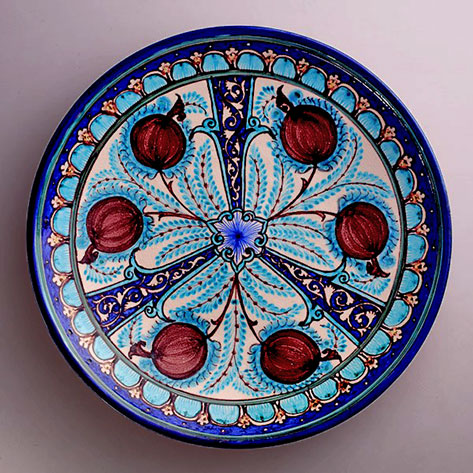
Rishtan pomegranate platter
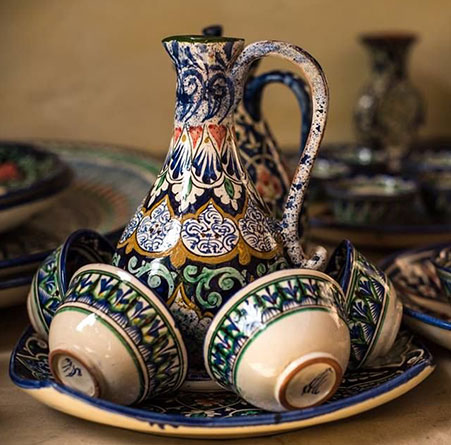
Rishtan pottery teapot and cups
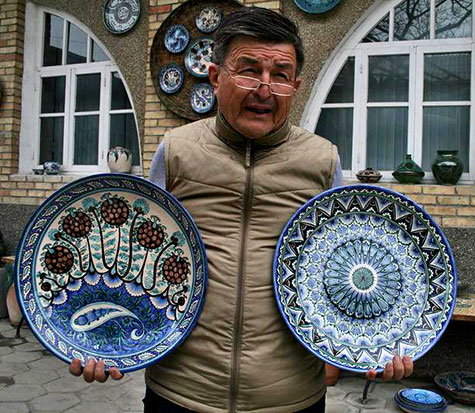
Alisher Nazirov with his Rishton wares
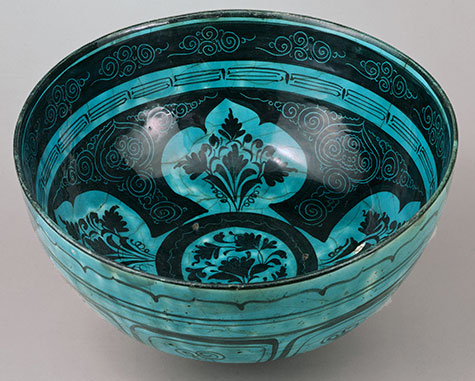
Samarquand Tabriz bowl–Stonepaste; painted in black under turquoise glaze, incised (Kubachi-ware)
second half 15th century
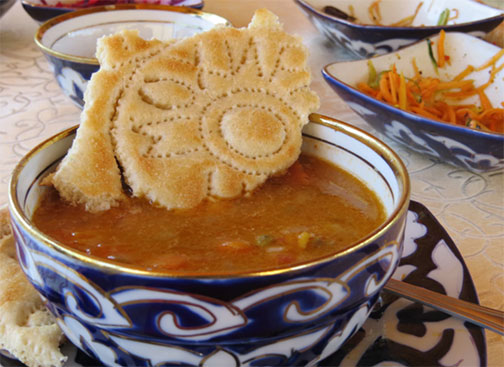
Traditional Uzbek mastava soup-–-with lamb, vegetables and rice-–-served with patterned flatbreads and Uzbek dinner ware
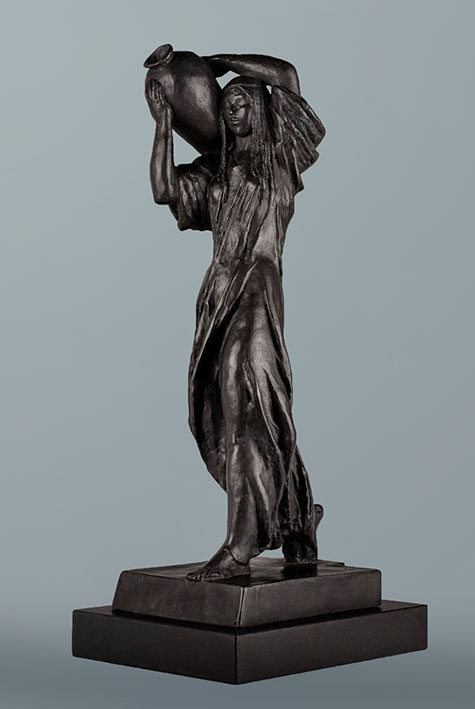
Bronze sculpture — Uzbek Girl with a Jug by Vera Mukhina—-1933
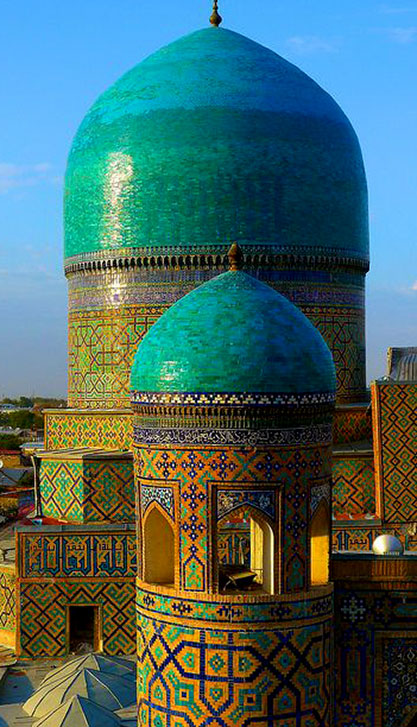
Ceramic tiled Minaret of Tilla Kari Madressa
Uzbekistan, Samarkand, Registan,
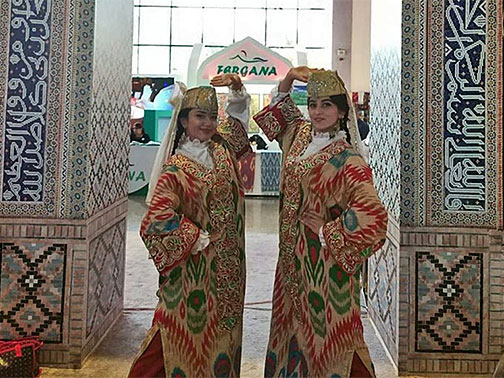
Fergana Airport, Uzbekistan
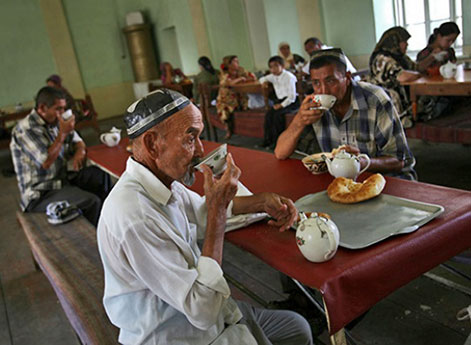
Teahouse in Margilan, Fergana Valley
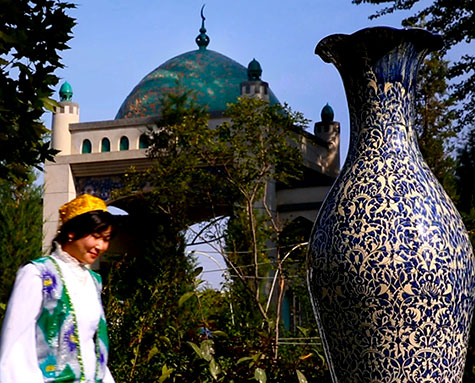
Monumental blue and white Uzbek vase
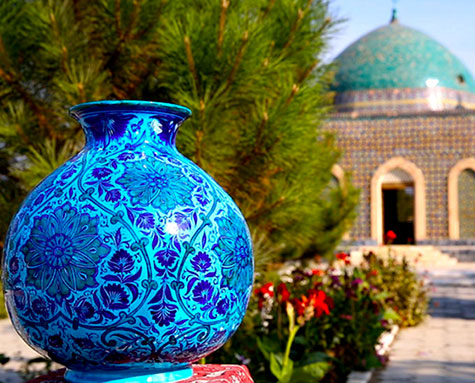
Rich turquoise and blue glazed Uzbek ceramic vase
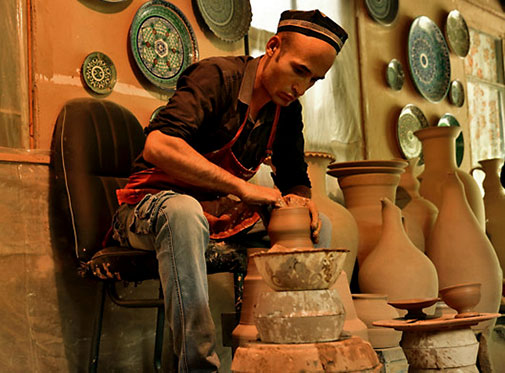
Uzbekistan Rishtan potter on wheel
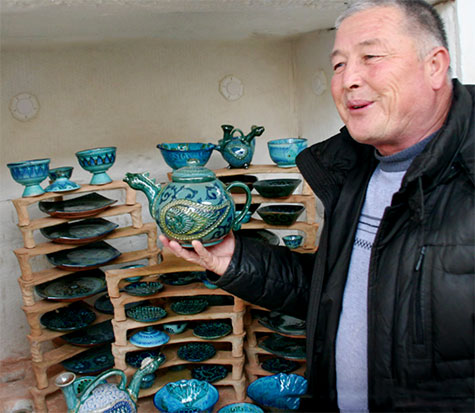
Bakhtiyor Nazirov with his pottery
Rishtan
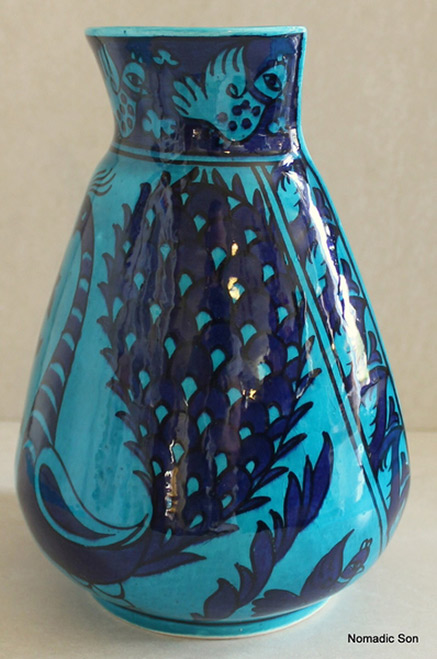
Sitki Olcar candle holder – Turkey
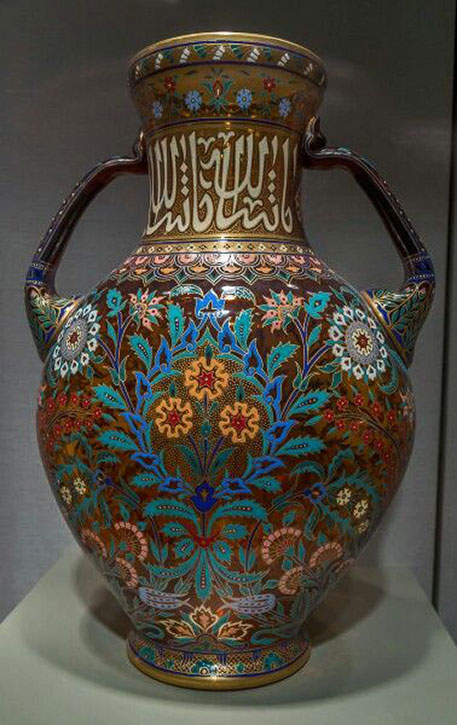
Middle Eastern Vase with floral motif and calligraphy
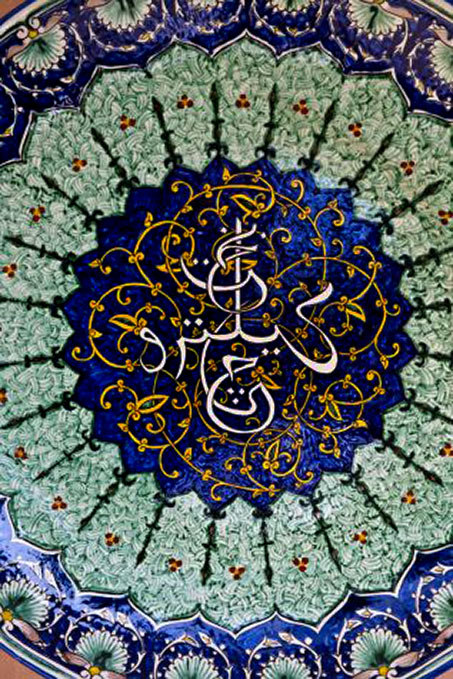
Arabesque calligraphic motif on a Uzbek plate
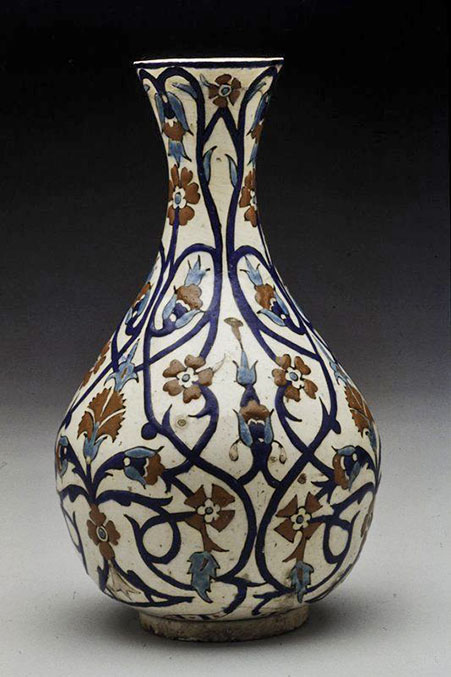
Iznik 16th Century vase
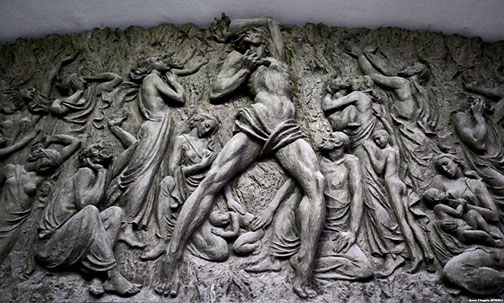
Large relief at the exit to Buyuk Ipak Yuli (Great Silk Road) station in Tashkent, Uzbekistan
photographer, Amos Chapple
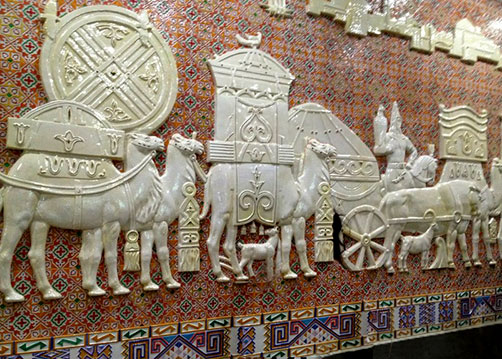
Relief Silk Road mural at Almaty
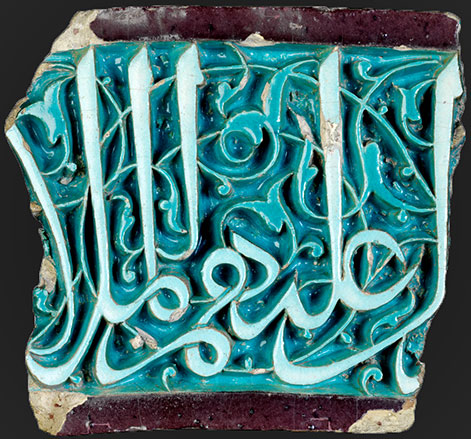
Tile fragment, Bukhara, about 1359
Uzbekistan
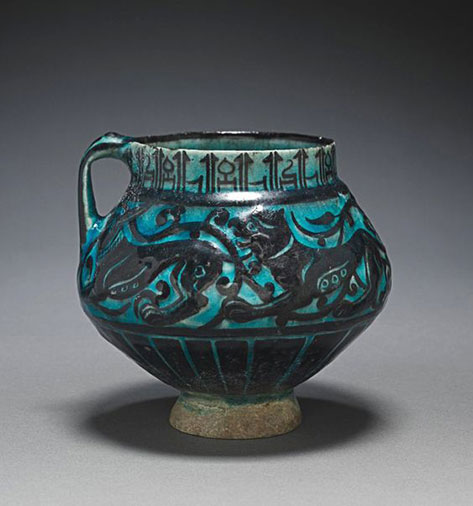
Iran, probably Kashan — fritware with running animal design in carved and underglaze-painted slip
Seljuk Period, 12th-13th Century

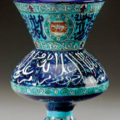

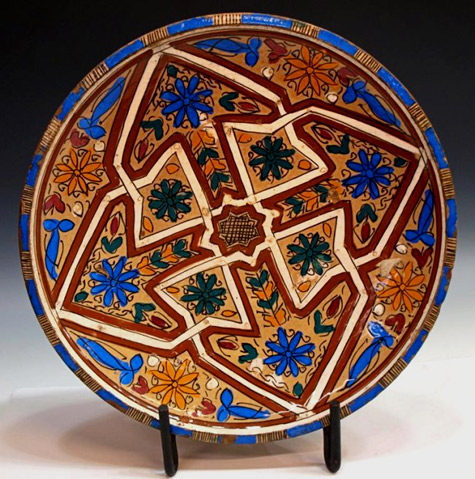


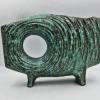
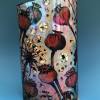
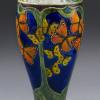

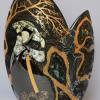
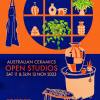

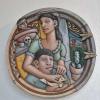



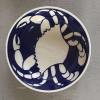

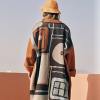
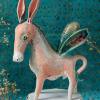
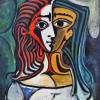

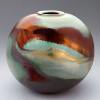
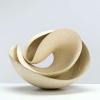
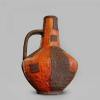

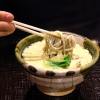
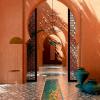
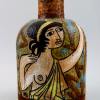
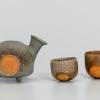
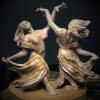
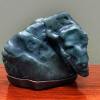

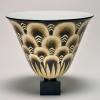

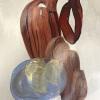

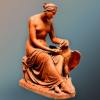

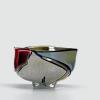

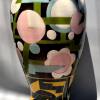

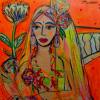
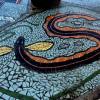

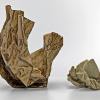
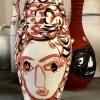
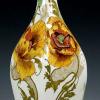


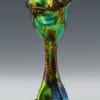
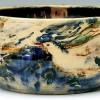
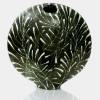

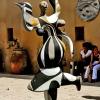
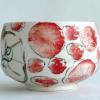
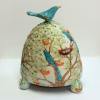

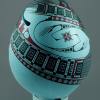
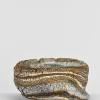
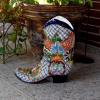
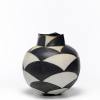
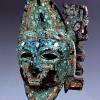
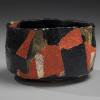
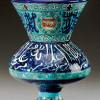


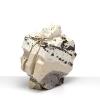

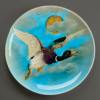
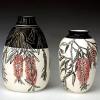
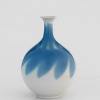
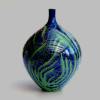
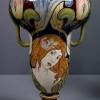
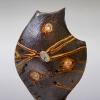
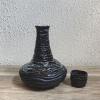
1 Comment
To who it my concern!
My name is Phillup Brinkman
I can not post pictures here, so if you would have to send me a link to my gmail that I can past photos to send you of the vase.
Is my vase of Chinese manufacture, or Persian, or Syrian, for example? I want to know the place of manufacture, and the date of manufacture? I do not want a value, just knowledge.
I have a large vase with two dragon head handles on each side, grabbing the lip of the jar like the classic Tang Dynasty example’s, and black decoration under a rich turquoise blue glaze. It has a beautiful crazing, or crackle under the glaze., and is a large 14” inches tall. The vase was lamped in the 1920’s, so it is not of new manufacture. It resembles to me like some wares from Ayyubid Syria.
I thought only the Chinese made this type of stoneware vase, copying the early Islamic Persian metal vases in the Cizhou ware style. However, I have not found a similar example any ware with this glaze, and black decoration.
The color resembles early Persian, or Chinese wares with the turquoise glaze.
It makes me wonder if any found in China where ever actually ever made in China.
Thank you for your help!
Phillup Brinkman
[email protected]
One Trackback
[…] See also Azure allure along the Silk Road […]